Every time I return home, no matter how busy I am, I always take the time to find my childhood memories in the village markets. My village market is held on an empty plot of land near the village cultural house. On that plot of land, people have built several temporary houses made of bamboo, reed, and thatched with palm leaves to serve as stalls selling fabrics, clothes, and votive offerings in case of sudden rain. The remaining items are mainly sold outdoors. The most impressive thing is probably the ancient banyan tree standing tall in the corner of the market, with luxuriant branches and leaves. Regardless of the sun, rain, and cold wind, it is always a home that attracts flocks of starlings, starlings, storks, and even large herons to fly over and rest, chirping all day and night. The old banyan tree is also the address for strangers to ask for directions, because the roads to the market are all nameless dirt roads.
 |
| Photo: GC |
Like many other villages, my village market almost only sells products made by the hard-working farmers who work hard in the village fields. On market days, this place is more bustling and crowded than ever, the villagers all rush to the market before dawn. I join the stream of people carrying their loads, chatting and laughing, crossing the rice fields on the dusty dirt road, feeling the chill from the fields after the harvest, with only stubble left, the morning dew and the gentle, chirping song of insects.
There are not many goods in the countryside market, but the products sold here are the best and most delicious things that the locals bring. At the beginning of the market is a row of fruit stalls with bunches of bright yellow bananas, plump grapefruits, baskets of bright red persimmons, etc. Next to it is a row of rice stalls with baskets of pure white sticky rice, plump and round grains next to trays of crushed green beans. The middle of the market is for clothes, votive paper and other dried goods; next are the meat and fish stalls, and then the green vegetables. All kinds of green vegetables are carefully tied with strings torn from dried banana leaves that have been soaked in water to soften them. The river shrimps that were just scooped up this morning are still alive and jumping, sparkling with silver.
Being crowded in the rural market, I felt happy when I saw the smiling faces, the warm and enthusiastic greetings of the farmers who rushed to the market before going to the fields; felt the sweet smell of molasses wafting from the sticky rice cake pot, the rich taste of sesame seeds from the crispy rice paper.
Going to the countryside market is like going through a myriad of nostalgia, filled with memories of childhood. People come here to buy and sell small things, sometimes selling vegetables, sometimes buying shrimp. The countryside market is also a place where women and mothers come, sometimes just to meet each other, to say hello to their relatives from the beginning of the village, the end of the neighborhood, that is enough to make the laughter of each market session more bustling.
Nowadays, amidst the hustle and bustle of life, the rural market is still an indispensable part of the cultural life of the people in my village. Children who live far away, whenever they return to the village, always go to the traditional market, not to buy and sell but as a way to immerse themselves in childhood memories, to find a little peace in their souls.
ANH MAO LAKE
Source



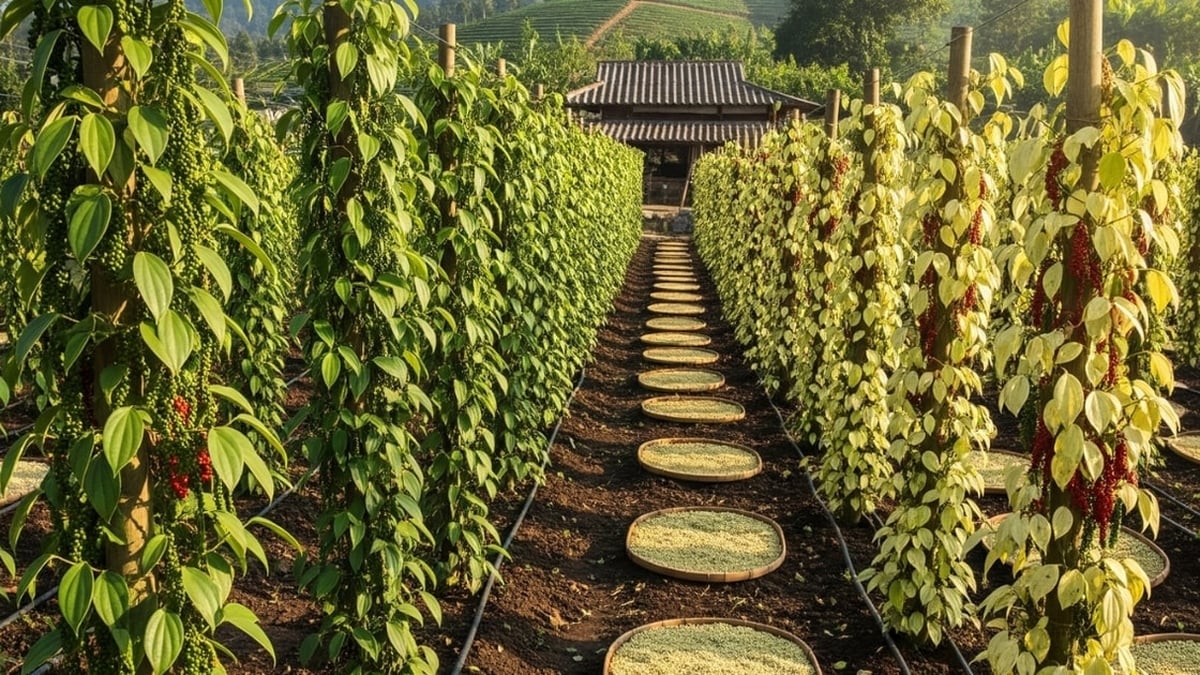


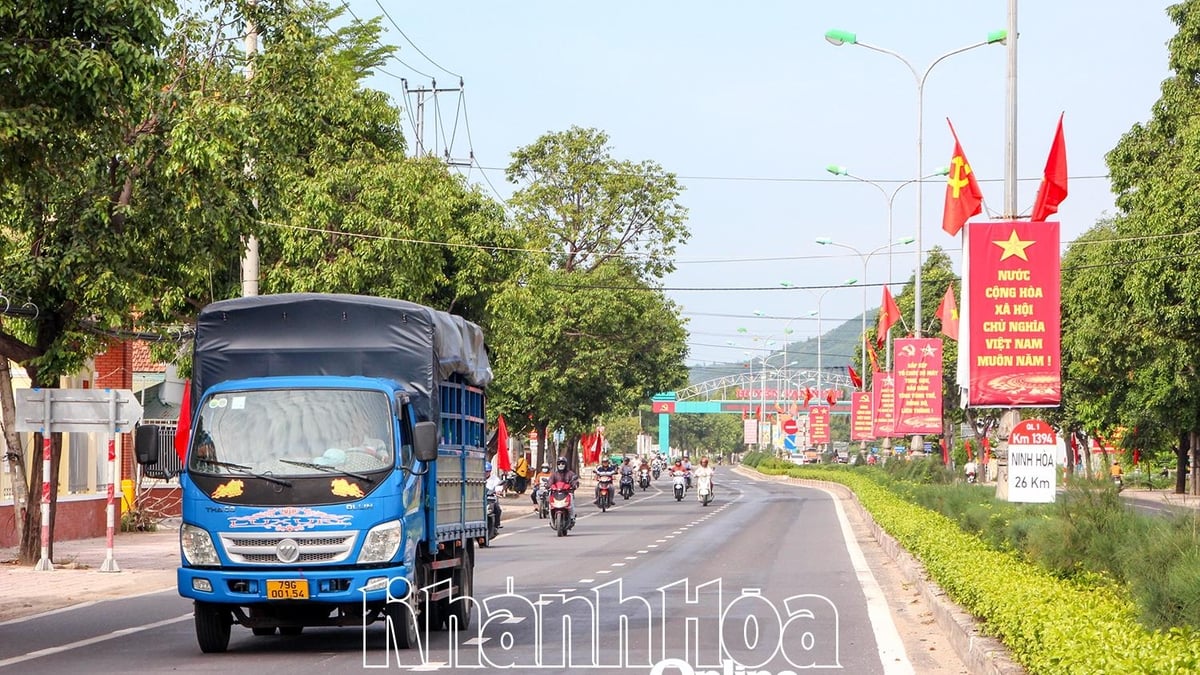
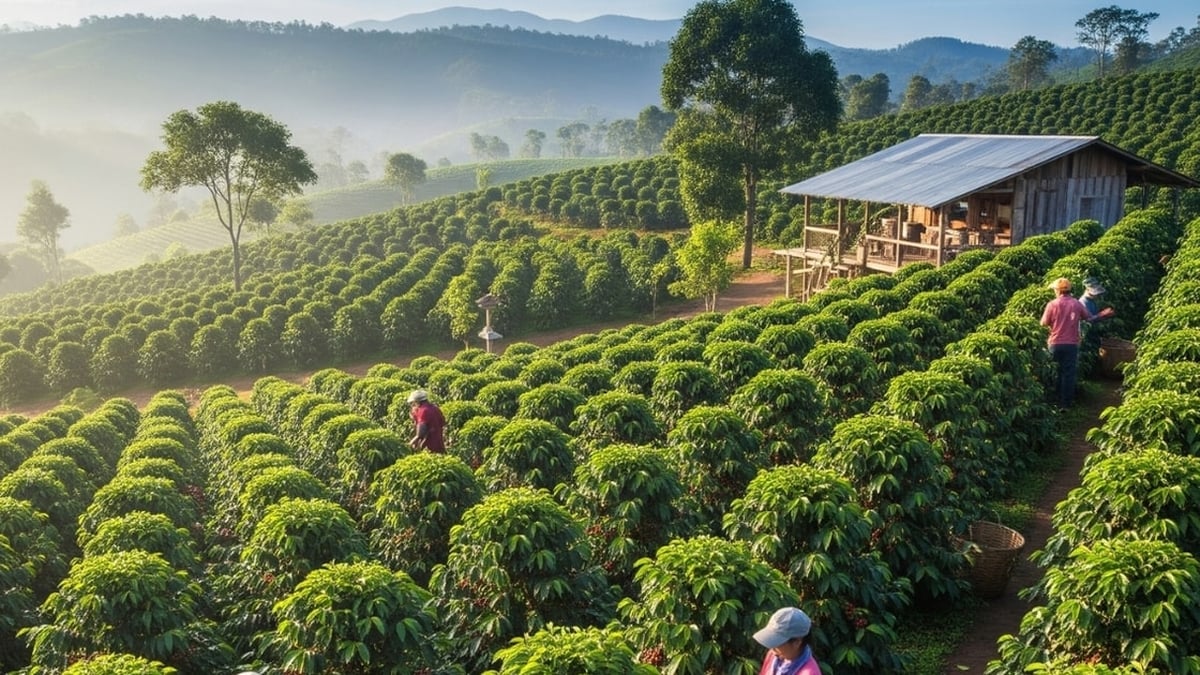

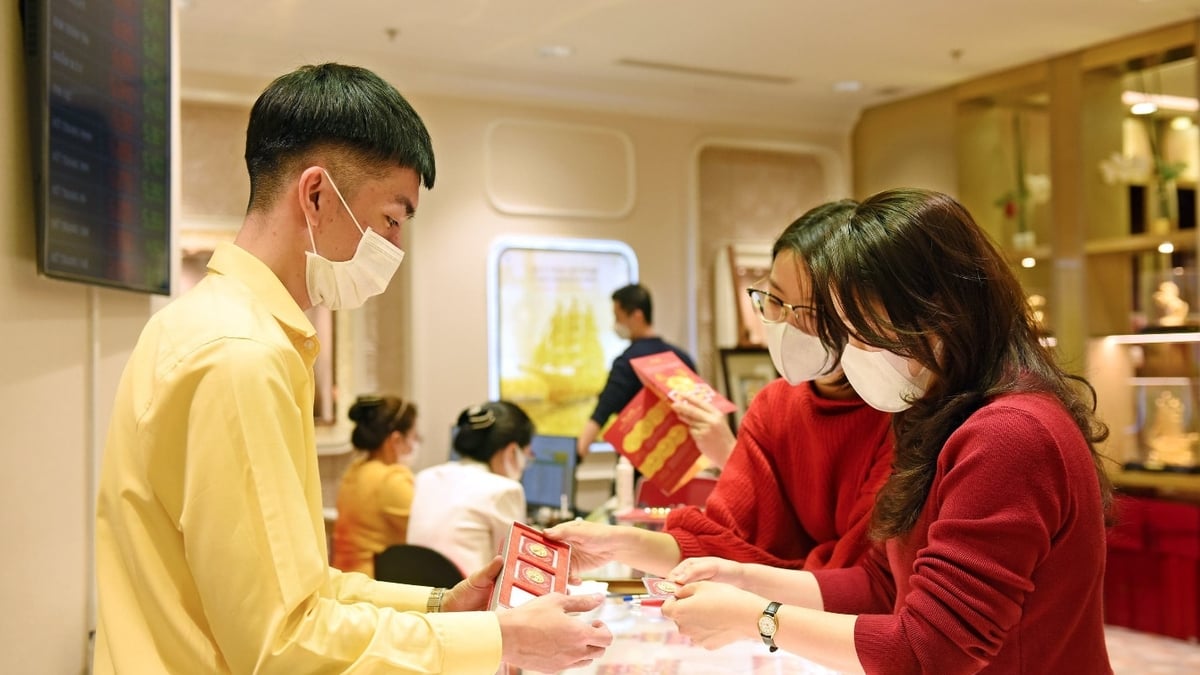













































![[Maritime News] Container shipping faces overcapacity that will last until 2028](https://vphoto.vietnam.vn/thumb/402x226/vietnam/resource/IMAGE/2025/7/30/6d35cbc6b0f643fd97f8aa2e9bc87aea)











































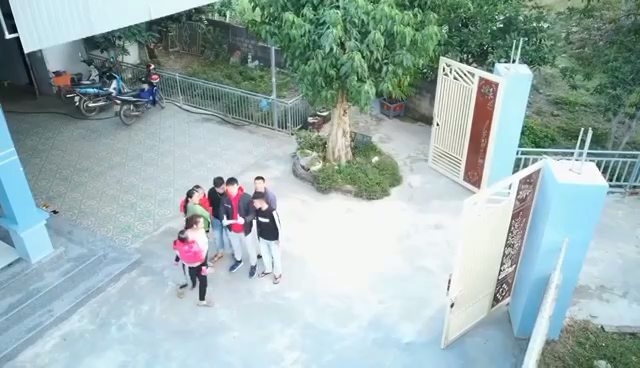

Comment (0)